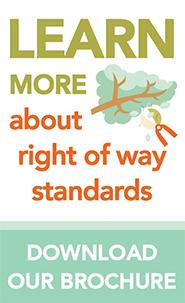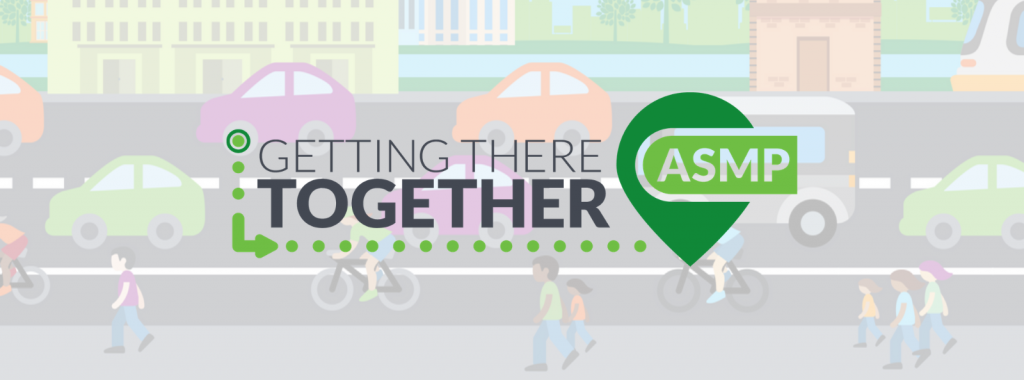
The information on this page details the Austin Strategic Mobility Plan development process and implementation over time. Links to engagement reports and details of the planning process can be found below. Also included on this page are details about the implementation of the ASMP, including progress reports and tracking of Action Items.
2024 ASMP Amendments
The ASMP is being updated per Council Resolution 20231109-029, which initiated drafting amendments to the ASMP based on proposed recommendations from Planning Commission. City Council directed staff to return with draft amendments by February 15, 2024 for consideration.
Proposed amendments to the ASMP can be reviewed through the following documents:
- ASMP amendments red line draft document
- ASMP clean version of the policy pages document
- Boards and Commissions amendments log
City staff will be presenting at the following Boards and Commissions and City Council meetings:
- Comprehensive Plan Joint Committee: January 10, 2024
- Planning Commission: January 23, 2024
- City Council public hearing and consideration (pending Council action): February 15, 2024
- City Council consideration (pending Council action): February 15, 2024
Austin City Council will consider these amendments on February 15, 2024 at City Hall Council Chambers, 301 West Second Street, beginning at 10 a.m. The meeting is viewable on ATXN. Comments on the proposed amendment(s) from any member of the public will be heard during the Public Hearing.
To participate in this Public Hearing, you may either attend virtually by viewing the meeting online and registering to speak in advance, or by going to City Hall at 301 West Second Street and attending in-person. For additional information on how to participate in the meeting, visit the City Clerk’s Public Participation webpage.
Previous Amendment Processes
- 2023 ASMP Amendments | ATX Walk Bike Roll
-

On November 30, 2023, City Council approved an amendment to the ASMP reflecting the adoption of the updated Bicycle Plan, Urban Trails Plan, and Sidewalks, Crossings, and Shared Streets Plan. The three modal plans are updates to prior modal planning documents included in the ASMP: Bicycle Plan (2014), Urban Trails Plan (2014), and Sidewalks Plan (2016). The ATX Walk Bike Roll (WBR) effort to update these modal plans included a two-year-long outreach and engagement process, which reached thousands of participants through surveys, online feedback tools, and community ambassadors.
- 2022 ASMP Amendments
-

The ASMP began its first amendment process in 2021 per City Council Resolution No. 20200610-002. After internal collaboration across multiple City departments, the ASMP team began taking public feedback on proposed new policies in October 2021, and on updates to the Street Network Table and Map in November 2021.
The first round of public engagement for this process ended on January 30, 2022. The second round of public engagement began on February 28, 2022 and closed on March 31, 2022. The final draft of the proposed ASMP Amendments was published on May 3, 2022. A Public Hearing at City Council was held on May 19, 2022, and City Council approved the amendments unanimously during the City Council meeting held on June 9, 2022.
We also:
Released two surveys and three Storymap Presentations to share information and collect feedback. Held discussions with community groups and neighborhood associations. Presented to several Boards and Commissions, and Council Mobility Committee.
Street Network Amendments Storymap Presentations from Round 1, Round 2, and the Final Round.
Resources: Round 1 Public Engagement Report | Round 2 Public Engagement Report
- 2021 ASMP Progress Report
-
The City of Austin is committed to transparently tracking and sharing the progress of ASMP implementation. Find the two-year progress report below.
ASMP Planning Process (2016-2019)
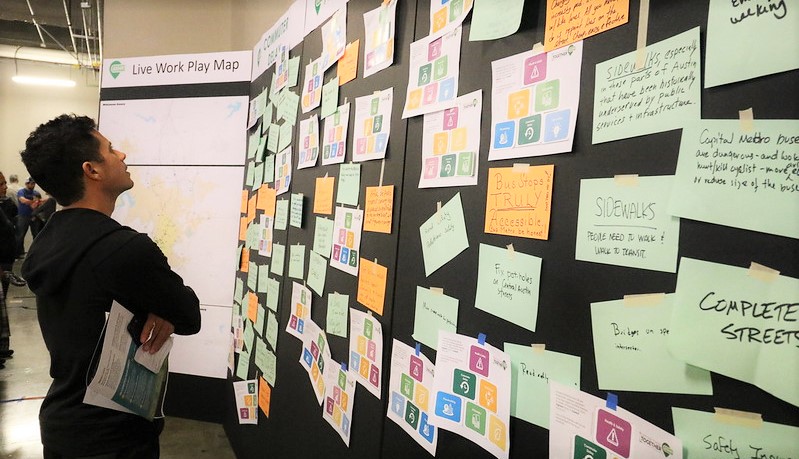
- Phase I: Brainstorming the ASMP (December 2016-August 2017)
-
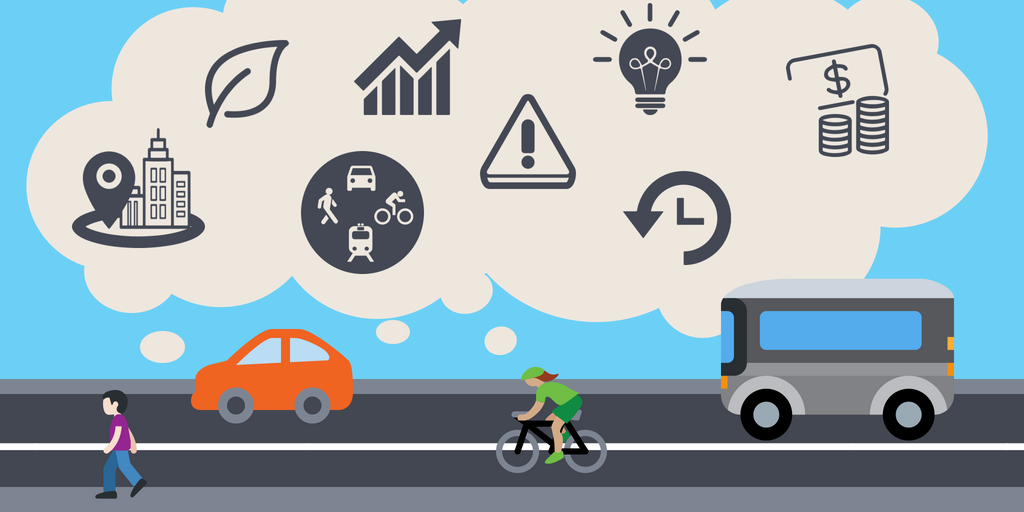
During Phase I, we explored ways we have reached out to the community in the past. We looked at what we’ve learned through Mobility Talks and other plans.We also:
- Connected with the community during events and activities.
- Asked community members to rank eight mobility goals for the ASMP to focus on.
- Started working with Capital Metro's Project Connect and co-created the Multimodal Community Advisory.
- Co-hosted the first “Traffic Jam! A Mobility Solutions Workshop for Central Texans” event with Cap Metro.
Resources:
- Phase II: Exploring Scenarios for the ASMP (September 2017-June 2018)
-
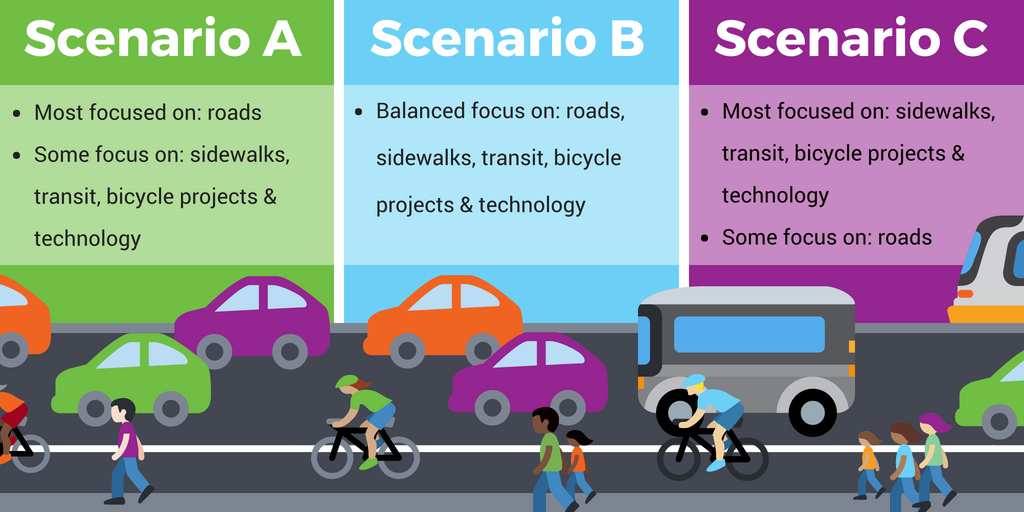
Based on what we heard during Phase I, we created three different transportation scenarios. These scenarios are starting points for what the ASMP will look like.
We also:
- Created an online and mail-in survey to get community feedback on our three scenarios.
- Met community members, leaders, and organizations through events and activities.
- Co-hosted the second Traffic Jam! event.
Resources:
- ASMP Phase II Summary Report
- Traffic Jam 2018 Summary
- ASMP Phase II Mobility Committee presentation video and materials video
Interested in learning more about our scenarios? See a scenario comparison chart or check out our more detailed comparison here.
- Phase III: Creating the ASMP Draft Policies & Maps (June 2018-January 2019)
-

In Phase III, we shared draft policies and maps from the ASMP. The draft policies showed important transportation priorities. The draft maps showed Austin’s transportation vision for the next 20+ years. They also showed current and potential mobility projects.
We also:- Hosted ASMP “office hours” and participated in events and community conversations across Austin.
- Created an online survey and hosted focus groups to get feedback on the draft policies.
- Created an interactive online map that the community could weigh in on.
- Continued writing the final draft of the ASMP.
Resources:
- Phase IV: Sharing the Draft ASMP (February 2019-Spring 2019)
-
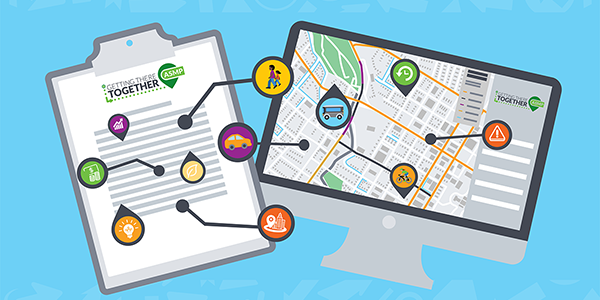
In this phase, we shared the February 2019 draft of the plan with City boards and commissions and submitted it to City Council for review.
On April 11, City Council unanimously adopted the ASMP. The adopted version of the plan includes the draft of the plan released in February 2019, staff-recommended amendments and Council amendments.
Resources: - Multimodal Community Advisory Committee
-

The Multimodal Community Advisory Committee (MCAC) was an advisory group to both the Austin Strategic Mobility Plan (ASMP) and Capital Metro’s Project Connect. The MCAC reviewed draft plans and provided guidance to both project teams.The MCAC was created to ensure that both initiatives consider the insights and diverse perspectives of our community. When creating the MCAC, we reached out to individuals and groups within the community. We also worked with City Council to spread the word and make sure our committee members represented the varied opinions and perspectives of our city. The Committee structure was intentionally flexible to make it easier for community members to participate – whether they had feedback on both plans, or wanted to weigh in on specific aspects of them.
Because the ASMP was adopted by Austin City Council as of April 11, 2019, meetings of the Multimodal Community Advisory Committee have concluded. Community members interested in continuing to participate in Project Connect are encouraged to visit Capital Metro's Get Involved page.
Previous Meetings & Materials
NOTE: These materials may not include special-called meetings of the MCAC specific to Project Connect.
Feb. 5, 2019 - Austin Energy Town Lake Center Building, Assembly Room 130 (721 Barton Springs Rd, Austin, TX 78704)
Nov. 28, 2018 - Capital Metro Headquarters (2910 East 5th St.)
Oct. 9, 2018 - Capital Metro Headquarters (2910 East 5th St.)
June 27, 2018 - Capital Metro Headquarters (2910 East 5th Street)
ASMP Presentation: June 27, 2018
Feb. 12, 2018 - 6 p.m. at the Street Jones Building 4th Floor Conference Room (1000 E. 11th St.)
- ASMP Presentation: Feb. 12, 2018
- ASMP Handouts: Feb. 12, 2018
- ASMP Strategy Questions
- ASMP Survey Questions
Aug. 8, 2017
June 29, 2017 – ASMP-focused meeting of the MCAC
"Chip Game" maps
The MCAC members split up into four groups, and members of the public were one group. Each group/table was given a set amount of chips representing a variety of different transportation investments such as "new road connection" or "premium transit". The groups could use their existing, set amount of pieces to "invest" around Austin or they could trade in pieces to pay for the cost of a replacement piece of another type. This meant potentially giving up additional investment of some type in exchange for an investment of another. These maps are the result of the MCAC members' responses in groups. Refer to the presentation linked above for more detailed instructions about the exercise.
- Table 1 Chip Game Map* Table 1 comprised members of the public in attendance at the meeting, not MCAC members. This map represents their feedback.
- Table 2 Chip Game Map
- Table 3 Chip Game Map
- Table 4 Chip Game Map
- Table 5 Chip Game Map
April 26, 2017
Jan. 17, 2017
Oct. 17 and Dec. 14, 2016 – Orientation Meetings

